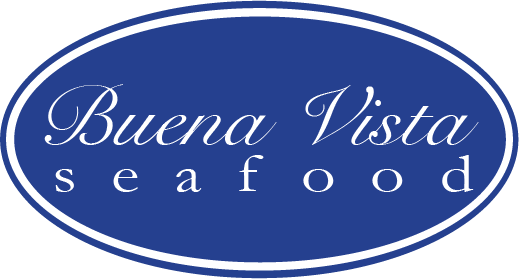Percebes - European Gooseneck Barnacles
Pollicipes pollicipes
Gooseneck barnacles (Pollicipes pollicipes) are crustaceans that live on wave-beaten rocky substrates in the intertidal and low-shore zones on the coasts of Atlantic Europe and North Africa. They are regarded as an incredible delicacy, described as having a rich, sweet yet briny taste. We bring these delicate and tasty crustaceans to the USA live.
Other names: Percebes (SP), Pouce Pied (FR), Goose Barnacles (EN)
Gooseneck barnacles grow in colonies, forming groups or bunches. These bunches are gathered by hand at low tide, when the animals are out of the water. Specimens of different sizes are found in any bunch, and the youngest animals usually attach themselves to the stalks of the adult individuals. They grow on the wave-beaten rocks of the intertidal zone (the zone that is covered at high tide and uncovered at low tide) and the low-shore zone (the area permanently under water). In these areas they share their habitat with molluscs (like mussels) and other encrusting organisms, competing with them for living space and food. Gooseneck barnacles feed by filtering the zooplankton from the wave-beaten water; the more beaten and colder it is, the more oxygen it contains and the better the barnacles are.
The reproductive period for goose barnacles commences in May and finishes in September and are estimated to take nearly a year to reach a commercial size. They vary in size depending on their location, and may reach a length of over 4.5 inches.
Pollicipes pollicipes vary are found in different locations of the world. P. pollicipes is distributed on the Atlantic coast of Europe and North Africa, between 48N (UK, France) and 15N (Senegal); Pollicipes polymerus is the species of barnacles found on the North American west coast (from 64 to 27N), Thought they are the same species, some African barnacles tend to be longer and narrower, and lighter in color than the Galician variety.
Percebes - Harvest Range
Gathering barnacles, or percebes, is carried out manually by the percebeiros or ‘‘goose barnacle fishers’’ and is, simply put, very risky. The harvest can only be carried out at times of low tide, when the bunches of barnacles are emerged and can be gathered. In order to reach the areas where they are found, the fishermen have two choices, depending on the weather or the sea conditions: by land or in little boats (chalanas). The fishermen detach the animals from the rock surface with a scraper (cachas). Other men often hold the fisherman by a rope so that the harvester can reach more difficult sites.



